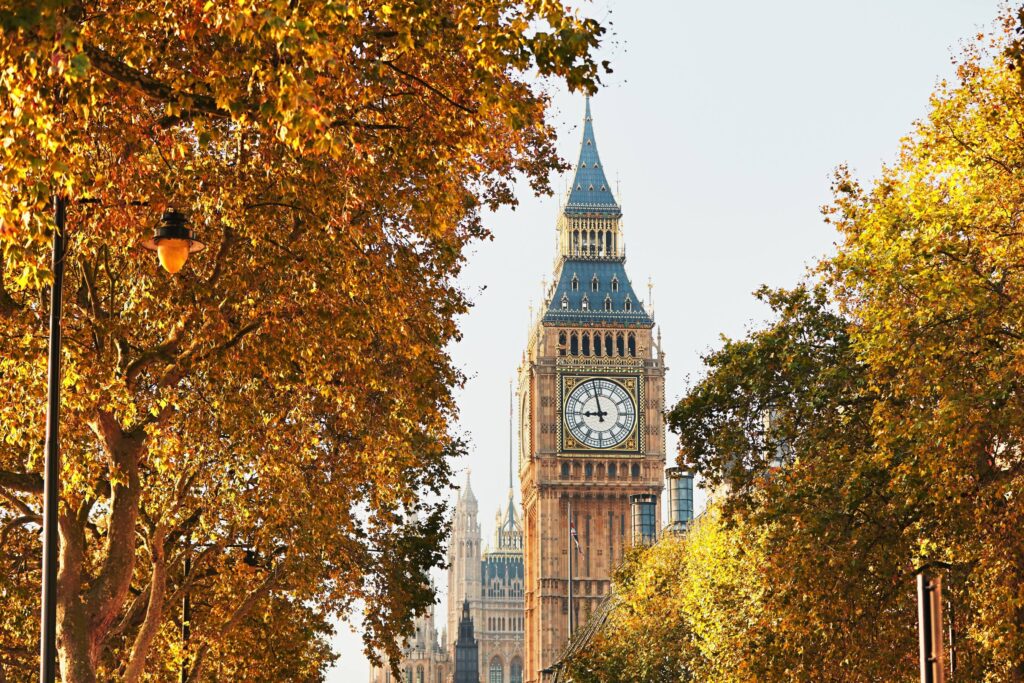Autumn Statement 2022: what it means for Small Businesses
The new chancellor, Jeremy Hunt, gave his long-awaited full fiscal statement on 17 November. What does the Autumn Statement 2022 mean for small businesses?
The Chancellor said that he wants “low taxes and sound money – but sound money has to come first.”
In practice, this means the government won’t change headline tax rates, but they will tinker with thresholds and allowances. Over the next few years you will notice that you’re keeping less of your small business earnings.
Autumn Statement 2022 for small businesses: key points at a glance
1. A freeze in the VAT registration threshold
Jeremy Hunt has frozen the VAT threshold at £85,000 until 2026, which is the turnover at which businesses need to register to pay the tax.
This is essentially a ‘stealth tax’. Rather than increasing the VAT rate itself, the threshold won’t increase in line with inflation. So if small businesses earn more as a result of rising prices, they’ll then have to register to pay VAT.
2. Personal allowance freeze extended until 2028
When he was chancellor, Rishi Sunak froze the income tax personal allowance at £12,570 until 2026. This was called a ‘stealth tax’. That’s because when people earn more over the years, their personal allowance won’t also increase, and they’ll move into higher tax brackets. This means they keep less of their money.
The current government has extended this freeze until 2028.
3. Reduction in the additional income tax rate threshold
The chancellor will reduce the additional income tax threshold from £150,000 to £125,140.
This means that more self-employed people could potentially become additional rate taxpayers, paying 45 per cent on earnings above £125,140.
The Independent estimates that 250,000 more people will be brought into the additional rate following the change.
4. The government is making other allowances less generous
If you run a limited company, you may pay yourself in dividends.
And business owners may need to pay capital gains tax when they sell business assets like land and machinery.
You get an annual allowance for both of these taxes, which is the amount you can make without paying the tax.
In the Autumn Statement, Jeremy Hunt slashed these allowances. By 2024-2025, they will be significantly less:
-
the dividend allowance will be cut from £2,000 to £1,000 in 2023-24, then to £500 in 2024-2025
-
the capital gains tax allowance will be cut from £12,300 to £6,000 in 2023-24, then to £3,000 in 2024-2025
5. What did the government announce for business rates?
From 1 April 2023, business rate bills will be updated to reflect changes in property values since the last revaluation in 2017.
To support this transition, the government has announced a targeted support package worth £13.6 billion over five years.
Here are the announcements on business rates:
-
multipliers will be frozen from 2023-24 which the Treasury says will be a “tax cut worth £9.3 billion over the next five years”
-
a transitional relief scheme will cap bill increases caused by changes in rateable values at the 2023 revaluation (bill increases for the smallest properties will be capped at five per cent, while increases for medium-sized and larger properties will be capped at 15 per cent and 30 per cent respectively)
-
retail, hospitality, and leisure business rates relief will be increased from 50 per cent to 75 per cent (up to £110,000 per business) in 2023-24
-
if businesses lose their eligibility for small business rates relief as a result of revaluation, bill increases will be capped at £600 per year from April 2023
Read the government’s business rates factsheet for more information.
6. What’s happening with energy bills?
The government will introduce more targeted support on energy bills for both consumers and businesses. The idea is to protect those who are struggling the most.
For your energy bills as a consumer, the changes are:
-
the typical household’s energy bills will be ‘capped’ at £3,000 from April 2023 (it’s currently £2,500 – bear in mind that as the unit price of energy is capped, not the total bill, if you use more you pay more)
-
there will be additional cost of living payments for the most vulnerable, meaning an extra £900 for households on means-tested benefits, £300 for pensioners, and £150 for people on disability benefit
For businesses, the Energy Bill Relief Scheme will remain in place until 31 March 2023. But the government will review the scheme, with the expectation that from April 2023 there will be targeted support for the most vulnerable businesses.
The government says that “the overall scale of support the government can offer will be significantly lower, and targeted at those most affected to ensure fiscal sustainability and value for money for the taxpayer.”
7. The national living wage will increase
If you have employees, the government has announced that the national living wage will increase to £10.42. The Treasury says this will give over two million people a pay rise.
There will also be a “substantial boost” to the national minimum wage from April 2023. The aim is to make “significant progress on ending low hourly pay by 2024-25.”
8. Reduction in research and development tax relief
Jeremy Hunt has announced that research and development tax relief for small businesses will be reduced to curb abuse and fraud.
So, the deduction rate for small business research and development rate will be reduced to 86 per cent and the credit rate will be reduced to 10 per cent.
The rate of the separate research and development expenditure credit will increase from 13 per cent to 20 per cent.
Read more:
Here’s the government’s complete Autumn Statement 2022 document if you’d like to read all the details.
Article taken from Simply Business













